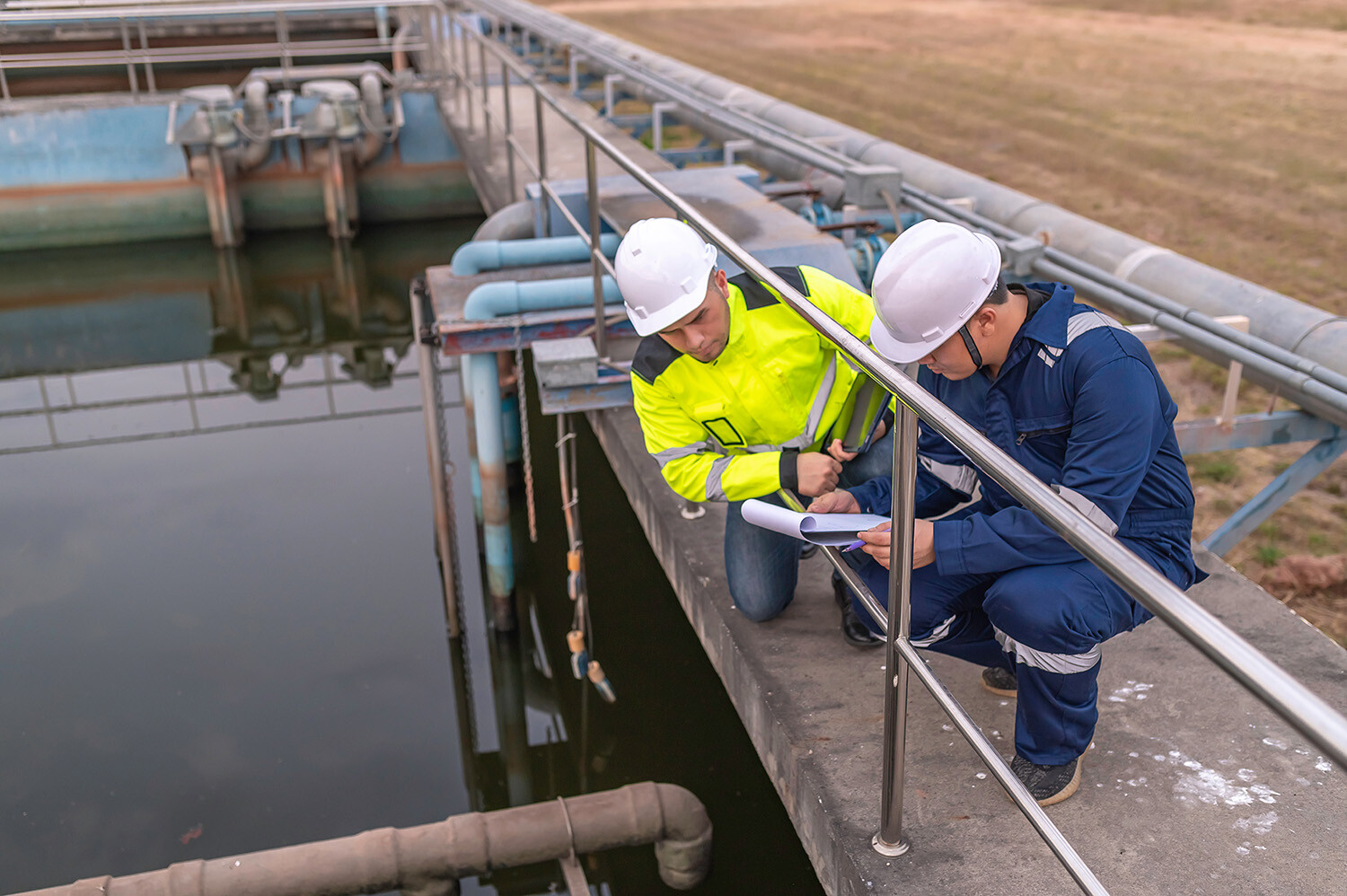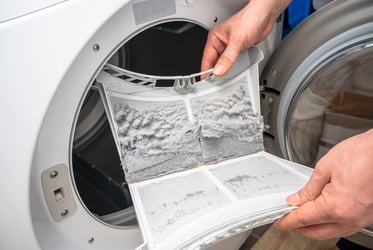Untreated wastewater isn’t just an operational headache—it poses significant risks for businesses and the surrounding community. Foul odors from decomposing organic matter can attract pests like flies and rats, reducing the quality of life in nearby areas. For industrial facilities, wastewater issues can lead to revoked discharge permits, halting production and threatening business continuity. Add in the risk of regulatory non-compliance, which can result in hefty fines and negative publicity, and the stakes are clear: effective wastewater treatment is essential for protecting both your bottom line and your reputation.
That’s where advanced analysis tools like flow imaging microscopy can help. These technologies provide real-time data, ensuring facilities meet stringent discharge standards while optimizing treatment processes to prevent odor issues, protect local environments, and maintain business operations. In this blog, we explore the key applications of wastewater analysis, from stormwater management to activated sludge monitoring, and how FlowCam is driving more efficient, compliant, and sustainable wastewater treatment.
1. Stormwater Analysis
A minimal amount of rainfall undergoes treatment before it reaches lakes, streams, rivers, and other water bodies. However, before this occurs, runoff can traverse numerous impervious surfaces. Stormwater runoff accumulates pollutants from roads, rooftops, agricultural fields, and other areas. These pollutants can range from heavy metals to fine sediments, each imposing additional burdens on treatment plant operations. Consequently, stormwater runoff can overwhelm treatment systems, resulting in the discharge of untreated or partially treated water into natural waterways.

Pictured above, FlowCam collage file images from a water utility differentiating sand and biofilm.
Flow imaging microscopy plays an important role in the analysis of stormwater by identifying and categorizing various particle types and sizes. For example, it can distinguish between sand particles and amorphous organic debris, providing operators with accurate data on the types and quantities of contaminants present in the water. This information is essential for facilities to design and optimize filtration and separation systems, ensuring that pollutants are effectively captured before they can harm the environment.
Additionally, stormwater analysis using FlowCam allows for real-time monitoring, which is especially important during storm events when contaminant levels can spike unexpectedly. By continually analyzing particle data, treatment plants can adjust their operations on the fly, preventing overloads and maintaining treatment efficiency during high-flow periods.
2. Activated Sludge Monitoring
Activated sludge is a biological process used in many wastewater treatment plants, where a mix of microorganisms breaks down organic matter in the water. Maintaining the health of the microbial community is critical for efficient treatment, as the organisms are responsible for digesting contaminants. Any disruption in microbial activity can lead to reduced treatment effectiveness, poor water quality, and potential non-compliance with discharge regulations.
 Flow imaging microscopy is a powerful tool for real-time monitoring of activated sludge. It captures high-resolution images of microorganisms and other particles, allowing operators to assess the health and diversity of the microbial community. FlowCam provides insights into whether the organisms are thriving or struggling, enabling timely adjustments to aeration levels, nutrient dosing, and other operational parameters to restore balance in the microbial ecosystem. Pictured at right: Stalked ciliates from wastewater treatment plant.
Flow imaging microscopy is a powerful tool for real-time monitoring of activated sludge. It captures high-resolution images of microorganisms and other particles, allowing operators to assess the health and diversity of the microbial community. FlowCam provides insights into whether the organisms are thriving or struggling, enabling timely adjustments to aeration levels, nutrient dosing, and other operational parameters to restore balance in the microbial ecosystem. Pictured at right: Stalked ciliates from wastewater treatment plant.
3. Flocculation
Flocculation is a fundamental process in wastewater treatment, where fine particles and microorganisms aggregate to form larger clusters known as "flocs," which are easier to remove from the water. This process is essential for producing clear, high-quality effluent and is often facilitated by chemical coagulants that encourage particle aggregation.

Pictured above: Translucent particles of Floc images from FlowCam taken from a water monitoring plant.
Flow imaging microscopy offers operators a detailed view of floc characteristics, including size, shape, and density. This detailed visibility is essential to understanding microbial flocculation and provides actionable insights for process optimization. The delivery of real-time data aids in the efficient use of coagulants, ensuring optimal floc formation and facilitating their removal through sedimentation or filtration. One of FlowCam's notable features is its ability to detect floc breakage, which, if not addressed, can reduce treatment efficiency and lead to increased operational costs and environmental impact. This system enables immediate adjustments, thereby improving both water quality and overall process performance.
4. Grit and Sediment Removal
Grit, composed of heavy inorganic materials like sand, gravel, and stones, poses a significant challenge in wastewater treatment plants. If not properly managed, grit can cause severe wear on pumps, valves, and other mechanical components, leading to costly repairs and operational downtime. Efficient grit removal is critical to safeguarding infrastructure and maintaining smooth plant operations.
Flow imaging microscopy provides a detailed assessment of grit particles, providing precise data on their size, shape, and concentration. Operators can optimize grit removal systems like aerated grit chambers or cyclone separators to ensure peak performance. By detecting harmful grit early, plants can reduce equipment wear and extend the life of mechanical systems.
Additionally, FlowCam’s ability to distinguish between various sediment types—like fine clays or organic particulates—enables operators to customize their removal strategies. This improves the efficiency of sedimentation and filtration processes, easing the load on secondary and tertiary treatment stages and enhancing overall plant performance.
Interested in Wastewater Analysis?
We understand that wastewater treatment demands precision and efficiency at every step. Our FlowCam system is designed to provide the real-time insights you need to make informed decisions, optimize processes, and ensure compliance. Whether you're monitoring stormwater contaminants, assessing the health of your activated sludge, or improving grit removal, FlowCam gives you a clearer picture—literally.
By delivering high-resolution images and detailed particle analysis, FlowCam allows you to stay ahead of potential issues, fine-tune your operations, and enhance overall treatment performance. We believe that better data leads to better outcomes, and with FlowCam, you can trust that your wastewater treatment processes are running at their best—efficiently, effectively, and sustainably.
Let us help you take control of your wastewater management with the power of flow imaging microscopy. We are here to support your journey towards cleaner water and more efficient operations.
Download our application note for wastewater treatment applications to start learning more about how FlowCam can help.











